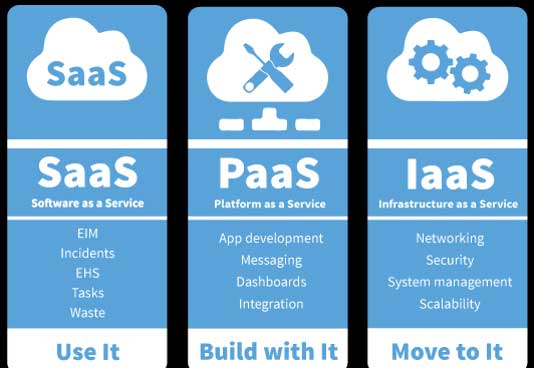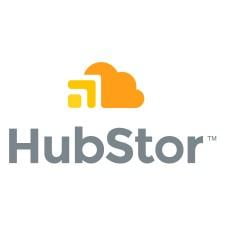Visual services served as inspiration for the cloud computing delivery models that dominate the market today. For those unfamiliar with cloud computing services, in these arrangements, the client outsources the business to a service provider to host applications and databases on the provider’s cloud network. Depending on the service-level agreement, the service provider may charge a fee based on the usage or offer a flat monthly rate.
Such delivery models’ main advantages are the ease of scalability and reduction in the overall maintenance cost. According to recent research, nearly 90% of companies use some type of cloud computing service. Service providers such as SUSE also offer advanced cloud computing solutions by deploying a highly scalable and high-performance open-source operating system. The following are the three primary cloud computing service delivery models:
Three primary cloud computing service delivery models
● Infrastructure as a Service (IaaS)
● Platform as a Service (PaaS)
● Software as a Service (SaaS)
Infrastructure as a Service (IaaS)
Infrastructure as a Service is a cloud computing service that allows companies to rent or lease servers based on usage. Instead of a physical server, clients use servers on the public and private cloud networks.
This setup’s main advantage relates to the users’ ability to run any application or operating system on the cloud server, instead of buying and maintaining a physical server on their premises. Besides reducing total costs, IaaS also decreases the costs associated with server maintenance and upgrades. You may not need expert staff to continuously manage multiple servers on-site, as the IaaS provider will attend to the tedious tasks and do the heavy lifting for you.
Another advantage of IaaS is the speed of access to the servers. For businesses with offices in multiple locations throughout the world or interact with international customers, IaaS offers these business executives the ability to select a server located by their designated office for optimal convenience.
IaaS automatically scales up and down depending on your demand, meaning that clients don’t need to worry about scaling up and fiddling with expansive hardware whenever they want to use additional memory or storage. Instead, everything is completed in real-time without wasting time and money formerly spent making modifications to the physical server.
Platform as a Service (PaaS)
The Platform as a Service is a cloud networking setup that allows the client to develop, run, and manage software and applications on a service provider’s cloud platform. In this setup, the service provider is responsible for offering a platform, consisting of a database, storage space, operating systems, and middleware, among various other resources.
PaaS is becoming a popular choice for software developers because it allows them to focus on the application and the data. While the developers address system errors and prepare the program for public release, the service provider oversees the platform, ensuring that the customer can access the resources necessary to develop their application. Depending on the client’s needs, the service provider allows the client to customize the platform resources according to their preferences.
A customer usually accesses the cloud-hosted hosted platform through a web browser. Many PaaS providers offer their clients services on a pay-per-usage basis where the client only pays for the service used. In contrast, paying a flat monthly fee to use every available product on the platform is another viable option.
Software as a service (SaaS)
Of the three cloud computing delivery models, SaaS is the most well-known due to its high demand. In this model, the client hosts its software on the cloud platform provided by the service provider. By hosting the software on the cloud network, the client can offer multiple users access to the software.
The main advantage of SaaS is the ability of the client to serve thousands of its clients without physically maintaining infrastructure on its premises. As developers unveil new features and functions, these professionals update the software for each client. Depending on the service level agreement, the client data can be stored on the cloud or at a local server.
Conclusion
While browsing the Internet, you may come across multiple SaaS platforms without realizing it. For instance, service providers host emails, financial management software, data services, videos, customer relations management, and billing, all of which are examples of SaaS platforms.
While customers directly benefit from cloud computing services due to scalability, service providers hosting the software on the cloud can similarly profit. Because these providers can easily offer customers free trials, different billing options, and management tools without the need to maintain a large database and complicated systems, a symbiotic relationship between consumer and provider develops.







